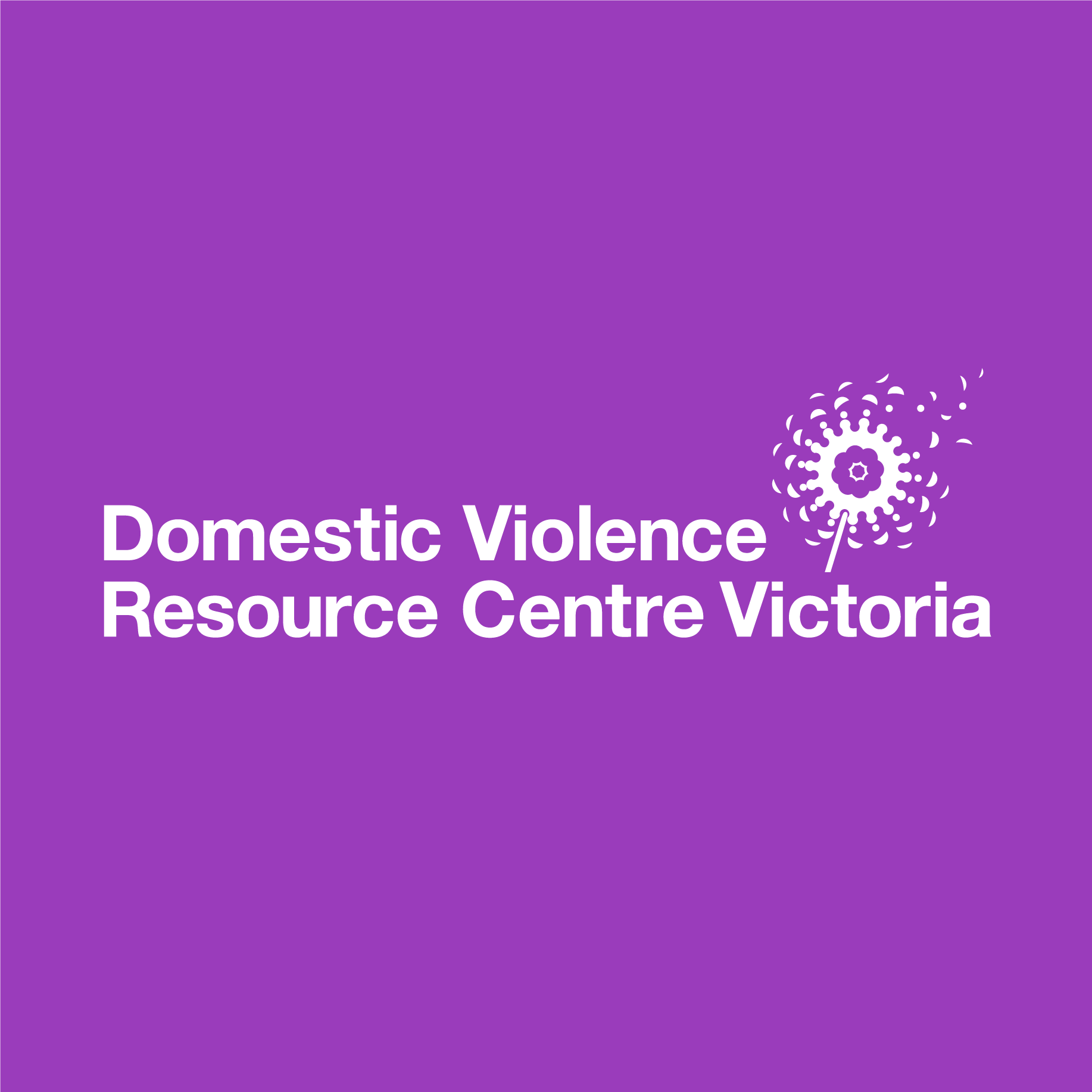The period following a disaster is a complex landscape. People of all genders suffer grief and loss and are often traumatised by their experience.
Women experience increased violence after disasters like this summer’s terrifying bushfire crisis. The evidence which supports this link is strong. However, for many this violence remains a mere ‘hidden disaster’; silently afflicting women and communities long after the fire front has receded.
But what exactly causes this increased violence?
We spoke with gender and disaster expert Dr Debra Parkinson on why violence against women increases in the aftermath of bushfire disasters and what role the gendered drivers of violence have to play in the surge.
From a primary prevention standpoint, we know that there is no single cause of violence against women, but there are certain social conditions that predict, or ‘drive’ it. The evidence identifies four underpinning gendered drivers of this violence:
- Condoning violence against women
- Men’s control of decision making and limits to women’s independence
- Stereotyped construction of masculinity and femininity
- Male peer relations that emphasise aggression and disrespect towards women[1]
During times of extreme crisis, such as the recent bushfires, each of these expressions of gender inequality plays out in complex ways that further compound women and children’s vulnerability and experiences of abuse.
Gender roles, violence and bushfire disasters
Research undertaken by Dr Debra Parkinson after the 2009 Victorian bushfires showed gender roles and norms, particularly stereotypes of masculinity, become more rigid and reinforced both during and after disasters. This increases the risk of men using violence against women and their children.
According to Dr Parkinson, one example of this is how men are often mythologised as ‘heroes’ and ‘protectors’ in the post-disaster context, while women are expected to put their own needs last, behind those of husbands, partners and children – even to the extent of ‘putting up’ with family violence. The research concludes that women’s and children’s right to live free from violence is conditional upon the suffering men face post-disaster.
The result of communities reverting to traditional gender roles and looking to male “hero” figures for authority is that women become silenced and powerless. Meanwhile, men suffer under unrealistic expectations to live up to the idealistic stereotype of a strong and silent protector and provider. All of this combined creates a context and dynamic in which violence is more likely to occur.
Condoning of violence against women
In the aftermath of disasters such as bushfires, violence against women is also often minimised, downplayed or outright denied. This was the case during the 2009 Black Saturday bushfires. Despite evidence showing that family violence spiked in the aftermath of the fires, figures appeared to be recorded low at the time. Dr Parkinson said this was “probably because many women felt there was a taboo around revealing their partner was violent towards them”. Additionally, many of the bushfire relief case workers were not trained in family violence so did not know how to appropriately respond to disclosures of violence.
Violence was also frequently excused in the aftermath of Black Saturday. Members of the community, among them family, health, community and legal professionals, did not want to acknowledge that some people who had been held up as heroes were perpetrating violence against their loved ones. They chose to ignore it and look away. In other cases, men’s behaviour was excused as they were seen as the key victims of the fires who had their own trauma to deal with.
Men’s loss of control
The chaos and loss caused by disasters lead to a breakdown of social norms. Homelessness and unemployment may result, co-existing with the demands of recovery and reconstruction. Increased contact between families, sometimes in shared accommodation, increases tension, and loss of control can threaten men’s sense of their role as provider and protector[2]. This loss of control, accompanied by a breakdown of social norms and reverting to stereotypical gender roles, heightens the risk of family violence. Judy – a victim survivor interviewed by Dr Parkinson following the Black Saturday bushfires – describes the link between the loss of power her partner felt and the subsequent abuse she experienced:
“Thinking it through now, the core of abuse is to do with power and control over another person, and when this monster of a bushfire came through, I think his feelings of control were threatened. He had no control, he’d lost all of his possessions, but the one thing he thought he could control was me and our relationship.”
Keeping everyone safe during bushfire disaster management extends to recognising that men are vulnerable and need help, and being willing to hear women speak of emerging family violence. These are not matters to be swept aside as we revert to traditional gender roles – such as the strong, silent men and nurturing, sacrificing women narrative.
Now is the time to take stock and learn from the lessons of Black Saturday. Only then will women, their children and communities be able to safely recover and not be further victimised by another disaster – violence against women.
For more information on violence against women and bushfire disasters visit the Gender and Disaster Pod.
1 https://www.ourwatch.org.au/What-We-Do/National-Primary-Prevention-Framework
2 B. Phillips, Jenkins, & Enarson, 2009 cited in Parkinson D. The Way He Tells it, 2011
